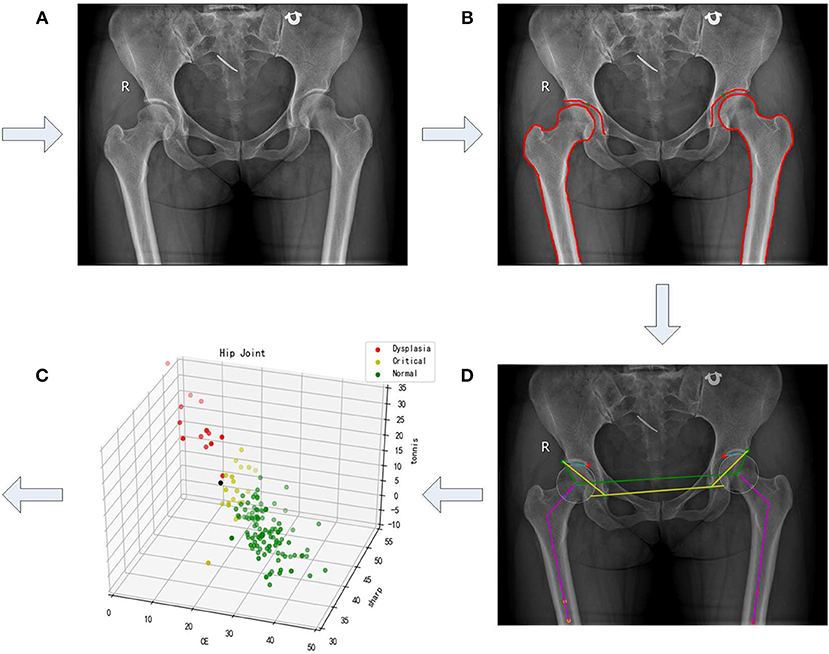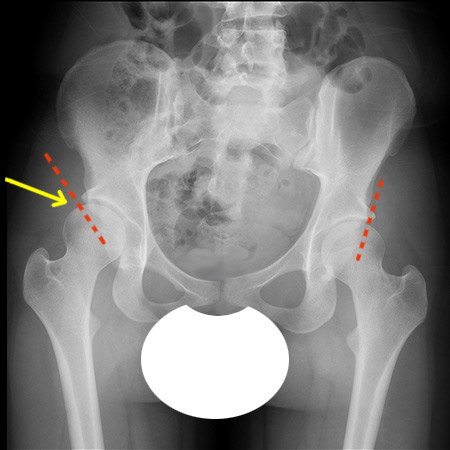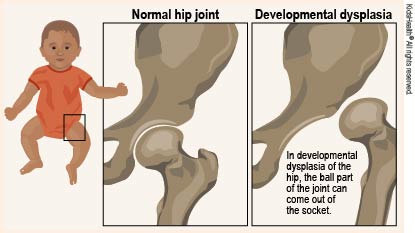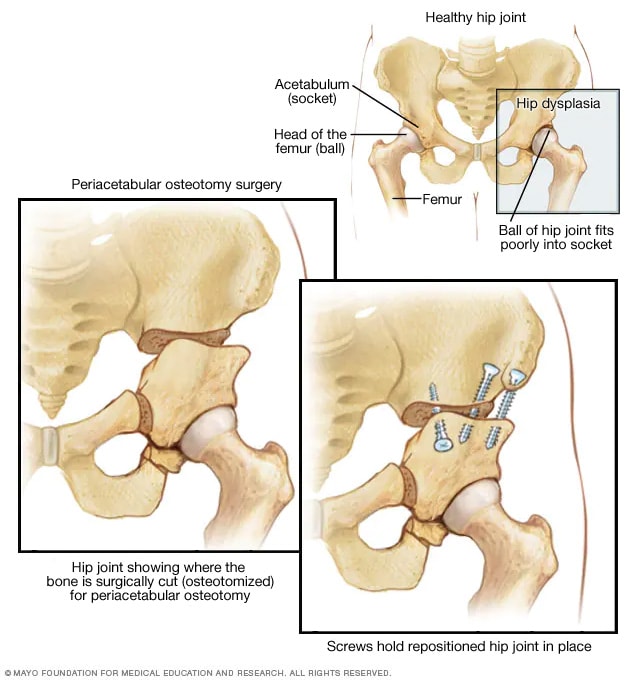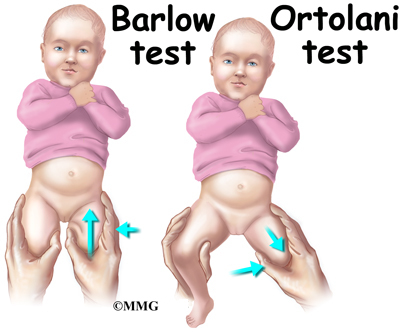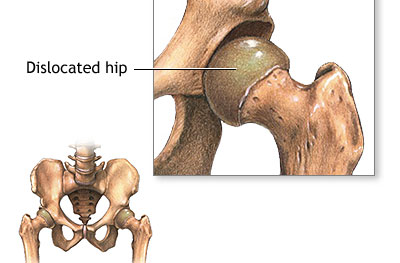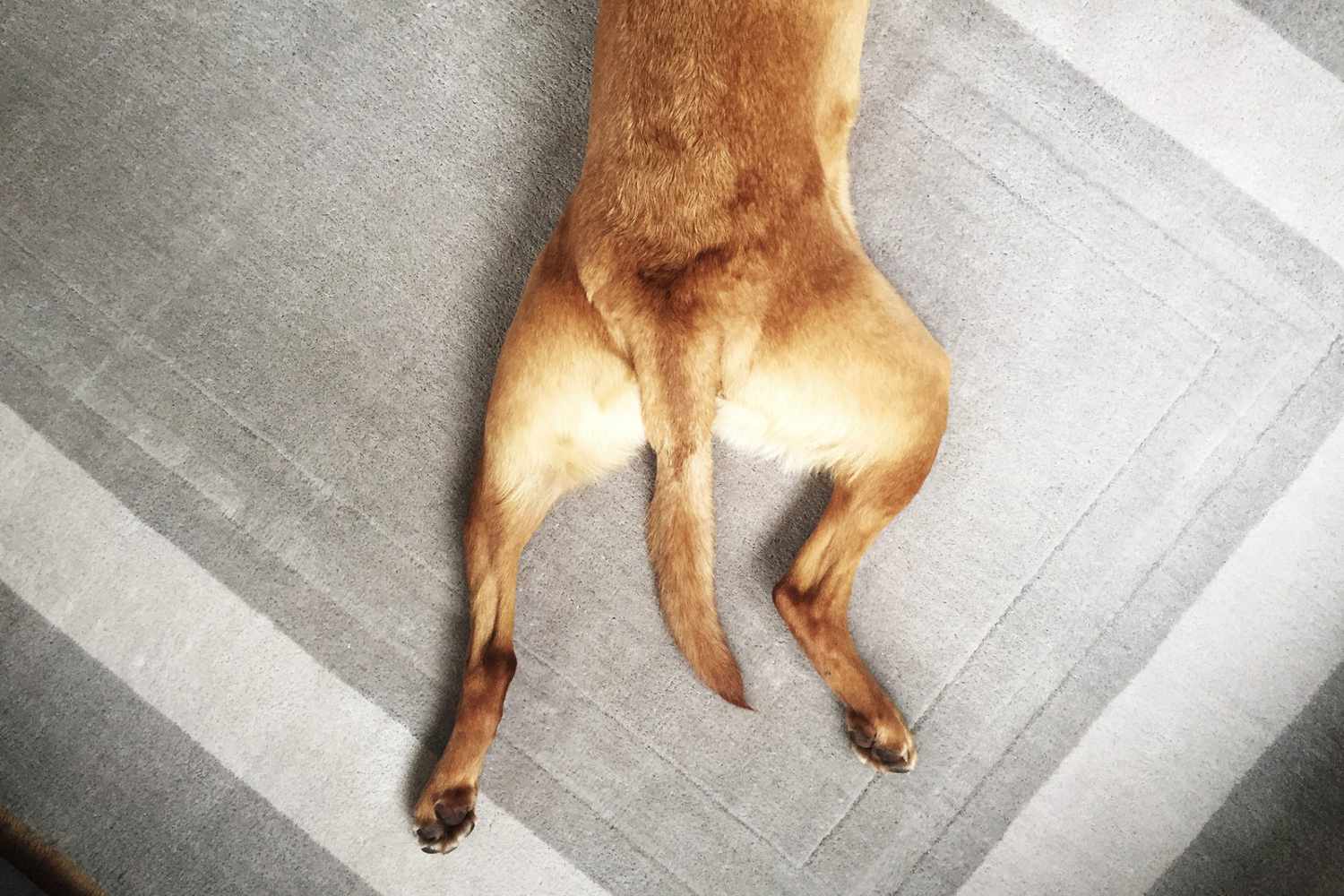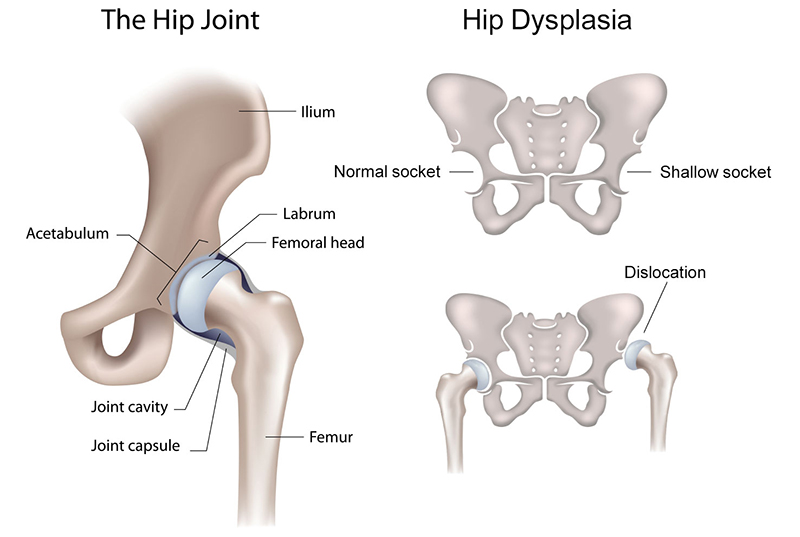Amazing Info About How To Detect Hip Dysplasia
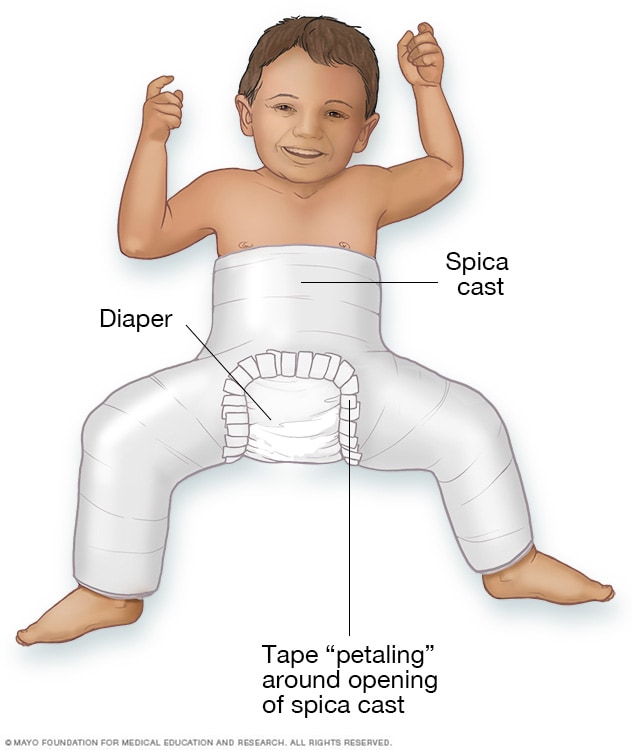
The barlow maneuver is the most reliable test for detecting hip dysplasia in infants.
How to detect hip dysplasia. Hip dysplasia symptoms you should be aware of. How to detect canine hip dysplasia. A veterinarian explains everything you need to know about hip dysplasia in dogs.
Some of the first signs of hip dysplasia in dogs can be vague but if you feel something is wrong, don’t hesitate to contact the veterinarian. Method 1 of 4:part 1: Recognizing the signs in young dogs 1.
The primary goal when diagnosing hip dysplasia is to detect hip joint laxity and to assess the degree of degenerative joint disease. How to detect canine hip dysplasia. In addition, if your dog is.
Pay attention to the shape of your dog’s back. Unilateral dysplasia presenting as asymmetric shortening on the side of the dislocation (galeazzi sign) the leg on the affected side may turn outward; Polygenetic means more than one gene is.
Recent guidelines from the american academy of pediatrics (aap) recommend that serial hip examinations, performed by a properly trained health care provider, be used as. Palpation, or careful manipulation of the hip, is an. Polygenetic means more than one gene is.
Generally, hip dysplasia happens because your dog’s hip joints fail to develop normally and deteriorate gradually which leads to the loss of function of the hip joints. The pediatrician or midwife examines each hip separately: Early detection of hip dysplasia “what we try to do is diagnose the condition at an early age.


